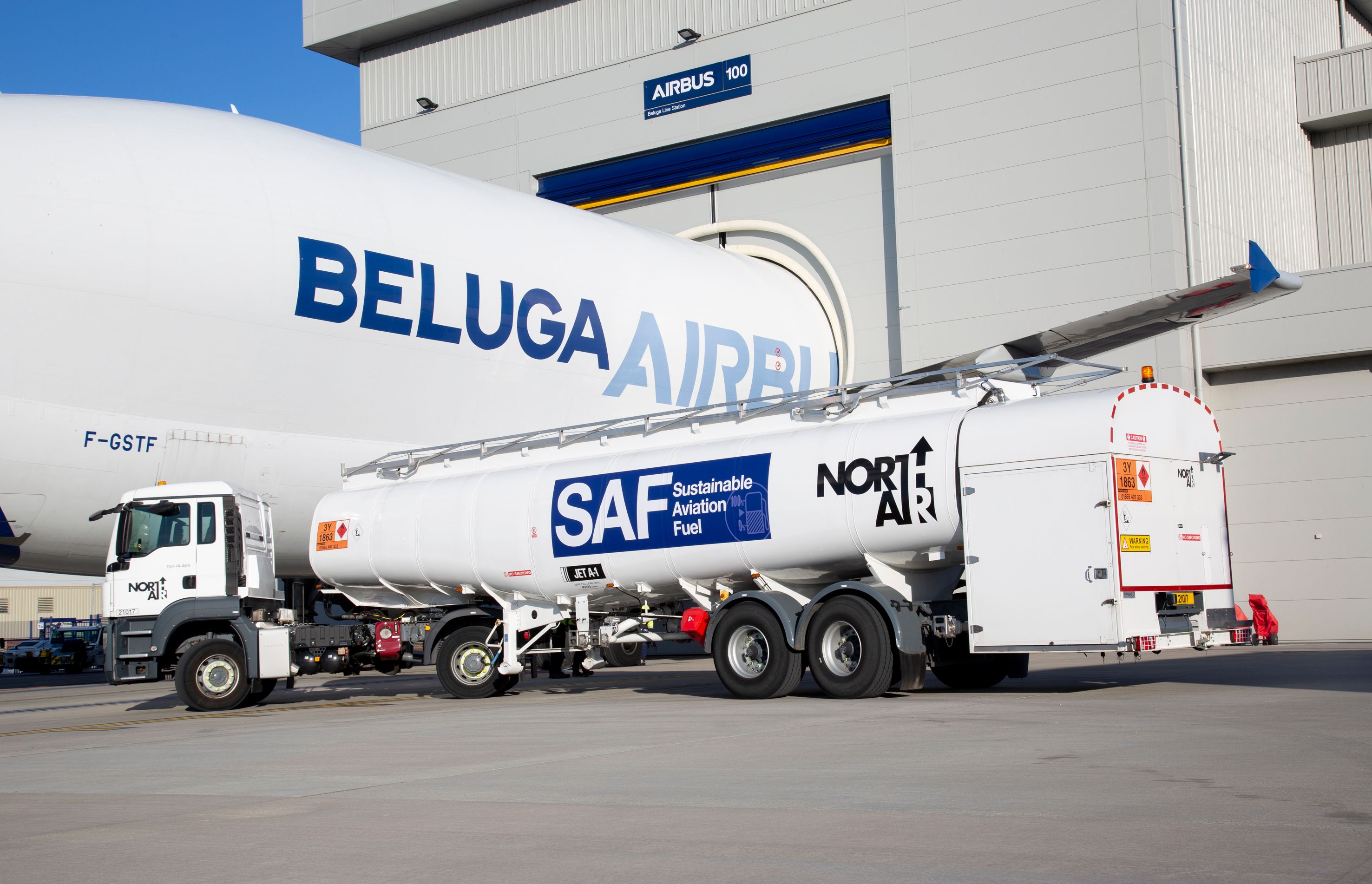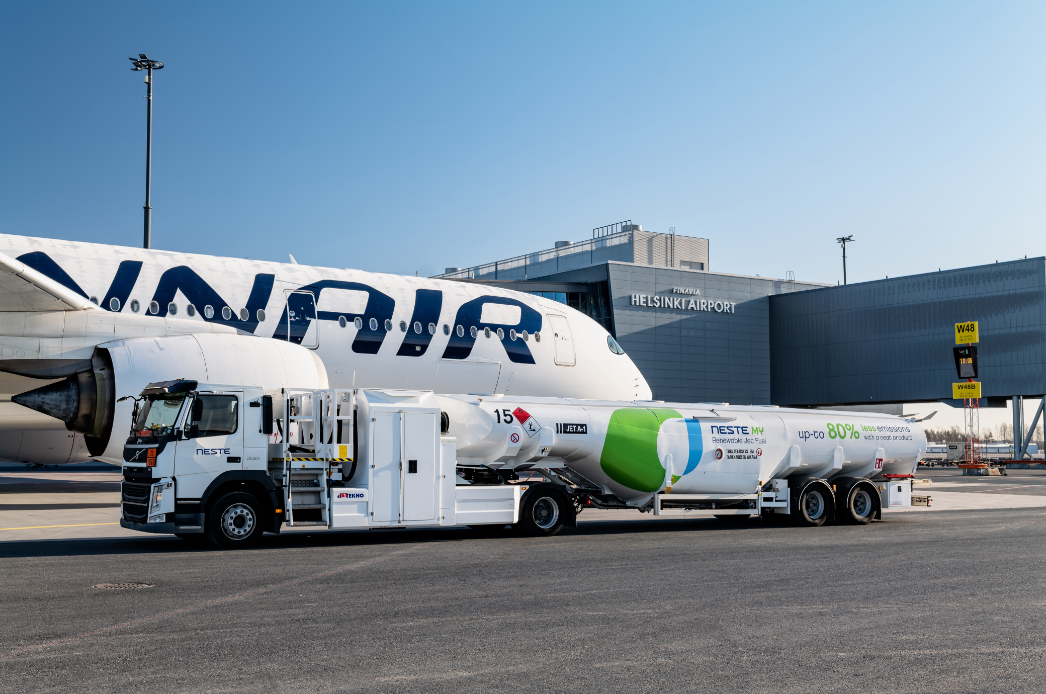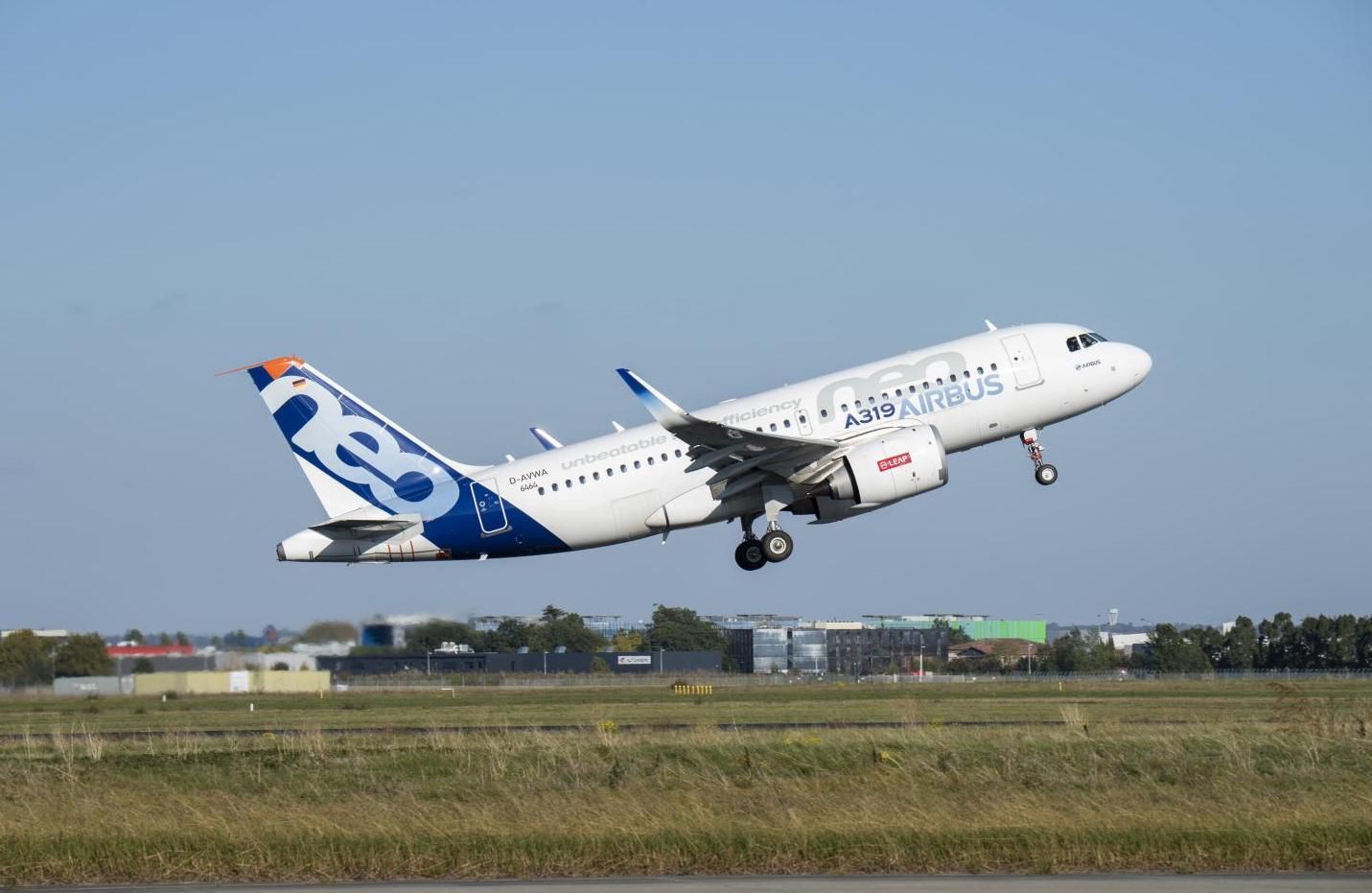Sustainable Aviation Fuel (SAF) has been highlighted as an eligible option for carriers to meet their obligations under the Carbon Offsetting and Reduction Scheme for International Aviation (CORSIA). Thus, with net-zero ambitions on the agenda among numerous governments worldwide, a push toward a SAF-friendly industry is required.
Government policy
Despite SAF being touted as an integral solution to cut down on carbon emissions, it is generally far more expensive than standard jet fuel. Subsequently, airlines have shared their concerns regarding the price of SAF, especially since they are expected to meet carbon reduction targets.
IATA previously noted that with the right policy support, SAF could make up 2% of all aviation fuel by the middle of this decade. Thus, 2025 is set to become a tipping point in SAF's competitiveness with fossil fuels. Once this benchmark has been reached, SAF will be on its way to becoming the main source of aviation fuel. After all, the cost is a prime reason why several airlines have been slow in adopting SAF.
In 2020, the overall cost of jet fuel was $0.5 per liter. Meanwhile, the cost of SAF was $1.1 per liter. So, SAF was more than double the price of conventional jet fuel.
Nonetheless, we’ve already seen the cost of jet fuel spike amid political and social crises since last year. According to Jet-A1-Fuel.com, the price of A1 fuel as of October 21st is around $0.932 per liter in the United States.
Discover more aviation news here.
The upcoming trend
While the current price is the result of a global crisis and isn’t a reflection of a natural trajectory, the general price of conventional jet fuel is expected to rise each year while the rate of SAF (HEFA) is anticipated to drop.
At the Sustainable Skies Summit in Farnborough, England, earlier this year, which Simple Flying attended, engine powerhouse CFM International highlighted that the annual escalation factor for conventional jet fuel is 1%. Meanwhile, the annual escalation factor for CO2 compliance cost is 3.5%, piling on the fees for operators in this department.
In comparison, the average efficiency factor for SAF is 2.25%. Altogether, with effective policies, SAF price could be equal to jet fuel and CO2 emission costs by approximately 2037.
We’ve already seen a significant deployment increase from airlines in the last three years. In 2019, carriers committed to 40 million liters of SAF. There was then a 55% jump in 2020 to 80 million liters, leaping again to 120 million liters in 2021.
In practice
In the fall of 2021, CFM worked with Airbus to deploy an A319neo with 100% SAF. Additionally, Airbus expanded its experiments to the A380 last month. All of Airbus' aircraft are currently 50% SAF blend compatible. However, the manufacturer is looking to raise this percentage to 100% by 2030.
CFM International president and CEO Gaël Méheust shared the following at the Sustainable Skies Summit:
“Don’t let anyone tell you that we can’t fly with 100% SAF. We’ve demonstrated it, and we will continue to work to gather information and tell authorities that we need to raise the 50% all the way to 100%.”
Stay informed: Sign up for our daily and weekly aviation news digests.
Just recently, Rolls-Royce also signed a Memorandum of Understanding (MOU) with Alder Fuels, a clean tech developer, to perform flight tests on a Rolls-Royce Pearl engine. The engine maker will test various parameters, including energy efficiency, and emissions criteria, among others of the SAF developed by Alder Fuels, as it sets out to assist in making it a commercially viable product.
While SAF will be a driving force in the sustainability journey, it’s not the silver bullet. Notably, hydrogen-electric technology will play a significant role in the green transformation. Méheust calls hydrogen the true zero-carbon solution due to its potentially environmentally-friendly methods of utilization.
Private sector funding
While government policy is definitely needed to help SAF become competitive, support from large private corporations can also act as a tremendous catalyst to propel SAF development.
The latest funding of LanzaJet, a sustainable fuel technology company, by Bill Gates-backed Breakthrough Energy fund, is one such example in which private-sector backing can help with bringing SAF on par with traditional fuel.
LanzaJet received a $50 million grant to support its plant in Georgia to create SAF. It deploys a process that takes ethanol from sources such as sugarcane in Brazil, waste gas in China, or corn in the US and chemically converts it to renewable diesel or sustainable aviation fuel. Depending on the feedstock, it can achieve at least 70% but up to 85% reduction in CO2 emissions compared to conventional kerosene-based fuel.
Breakthrough Energy Catalyst could, indeed, lead the way for other such initiatives to fund SAF production, which clearly requires a lot of capital to realistically compete with traditional fuel.
What are your thoughts about the cost competitiveness of SAF? How do you feel it will rival conventional jet fuel? Let us know what you think of the overall market in the comment section.
Source: Jet-A1-Fuel.com



